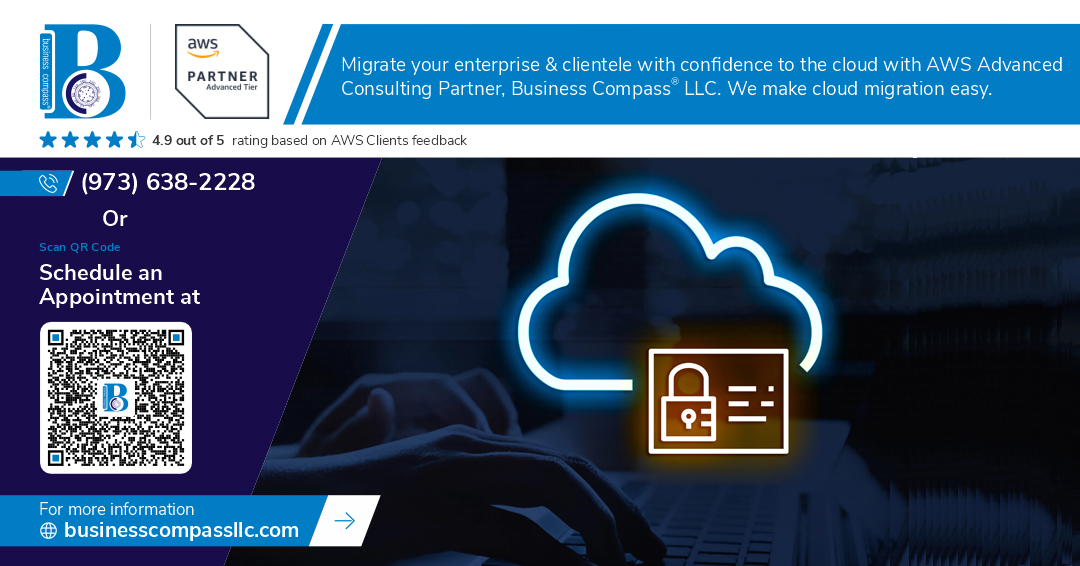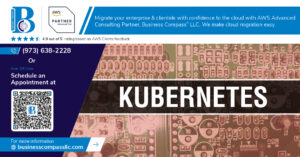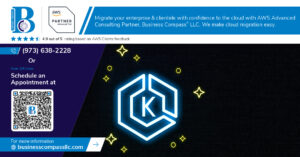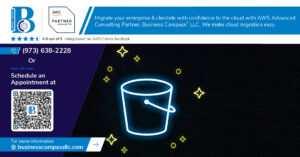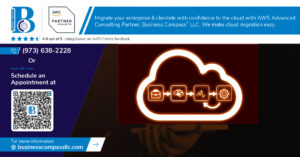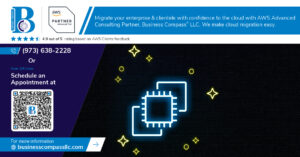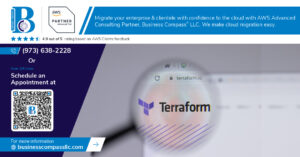Managing engineer access to your systems can make or break your security posture. This hands-on guide walks DevOps engineers, security architects, and IT administrators through building robust IAM groups and implementing least privilege access controls that actually work in production environments.
Engineers need different levels of access depending on their role, project responsibilities, and seniority level. Getting this wrong means either creating security gaps or blocking productivity with overly restrictive permissions. The right IAM security best practices balance protection with practical workflow needs.
We’ll start by breaking down IAM group configuration fundamentals and show you how to map your current engineer permissions to identify access bloat. Then we’ll dive into designing effective IAM group architecture that scales with your team while maintaining tight security controls. Finally, we’ll cover implementing least privilege implementation strategies and setting up monitoring systems to catch access drift before it becomes a problem.
Understanding IAM Groups and Least Privilege Fundamentals
Define IAM groups and their role in access management
IAM groups serve as collections of users with similar access requirements, streamlining permission management across engineering teams. Instead of assigning individual permissions to each engineer, administrators create groups based on job functions like “Frontend Developers” or “Database Administrators.” This approach reduces administrative overhead while maintaining granular control over who can access specific resources. Groups act as permission templates, making it easy to onboard new team members and modify access rights when roles change.
Explore least privilege principles for enhanced security
Least privilege access ensures engineers receive only the minimum permissions required for their specific job functions. This security principle limits potential damage from compromised accounts or insider threats by restricting access to sensitive systems and data. Engineers working on frontend applications don’t need database administrator privileges, just as backend developers rarely require production deployment permissions. Implementing least privilege through IAM groups creates natural boundaries that protect critical infrastructure while maintaining operational efficiency for development teams.
Identify common security risks with excessive permissions
Excessive permissions create multiple attack vectors that compromise organizational security. Engineers with broad administrative access can accidentally modify critical configurations or inadvertently expose sensitive data. Over-privileged accounts become high-value targets for attackers seeking lateral movement within systems. Common risks include:
- Accidental data deletion from production databases
- Unauthorized system modifications affecting service availability
- Credential compromise leading to widespread security breaches
- Compliance violations when engineers access regulated data unnecessarily
- Privilege creep as permissions accumulate over time without regular audits
Compare traditional access models versus group-based approaches
Traditional access management assigns permissions directly to individual users, creating a complex web of relationships that becomes unmanageable at scale. Each engineer might have dozens of specific permissions, making it difficult to track who can access what resources. Group-based IAM access controls organize permissions logically, reducing complexity and improving security visibility.
Traditional Model Challenges:
- Time-intensive permission audits for each user
- Inconsistent access levels across similar roles
- Difficulty removing permissions when engineers change teams
- Complex troubleshooting when access issues arise
Group-Based Advantages:
- Standardized permission sets for common job functions
- Simplified onboarding and offboarding processes
- Clear audit trails showing group membership changes
- Easier compliance reporting and security reviews
- Reduced human error in permission assignments
Assessing Current Engineer Access Requirements
Audit existing engineer permissions and access patterns
Start by gathering comprehensive data on current engineer permissions across all systems, applications, and cloud resources. Review access logs to identify usage patterns, dormant accounts, and excessive privileges that violate least privilege principles. Document who has access to what resources and when they last used those permissions.
Categorize engineers by roles and project responsibilities
Group engineers based on their actual job functions – frontend developers, backend engineers, DevOps specialists, security engineers, and team leads. Each category requires different IAM groups with tailored permissions. Consider temporary project assignments and cross-functional team memberships that might need additional access controls.
Map critical resources and systems requiring protection
Identify your organization’s crown jewels – production databases, CI/CD pipelines, customer data repositories, financial systems, and intellectual property. Create a risk matrix showing which resources need the strongest protection and which engineer roles legitimately need access. This mapping drives your IAM group configuration strategy.
Document compliance requirements and security standards
Review industry regulations like SOX, GDPR, HIPAA, or PCI-DSS that affect your access controls. Document internal security policies, audit requirements, and segregation of duties mandates. These compliance needs directly influence your IAM security best practices and determine required approval workflows for sensitive resource access.
Designing Effective IAM Group Architecture
Create role-based groups aligned with engineering functions
Building effective IAM groups starts with mapping your organization’s engineering functions to specific access needs. Frontend developers need different permissions than DevOps engineers or security specialists. Create distinct groups like “Frontend-Developers,” “Backend-Engineers,” “DevOps-Team,” and “Security-Engineers” that reflect actual job responsibilities. Each group should bundle permissions that directly support daily tasks while blocking unnecessary access. This approach makes access management predictable and reduces the complexity of individual permission assignments.
Establish hierarchical permission structures for scalability
Design your IAM group architecture with layers that build upon each other logically. Start with base-level groups that provide fundamental access rights, then create specialized groups that inherit and extend these permissions. Senior engineers might belong to both “Engineer-Base” and “Senior-Engineer” groups, automatically gaining elevated privileges without manual configuration. This hierarchical structure scales naturally as your team grows and prevents permission sprawl across multiple individual accounts.
Design temporary access groups for project-specific needs
Project work often requires temporary elevated permissions or access to specific resources. Create time-limited groups like “Project-Alpha-Access” or “Emergency-Response-Team” that automatically expire after predetermined periods. These temporary IAM groups should include built-in approval workflows and automatic cleanup processes. This approach maintains least privilege principles while accommodating the dynamic nature of engineering projects without leaving permanent access doors open.
Build cross-functional groups for collaborative workflows
Modern engineering teams work across traditional boundaries, requiring carefully designed collaborative access patterns. Establish groups that bridge different functions, such as “API-Integration-Team” that includes both frontend and backend engineers, or “Security-Review-Board” combining security and development personnel. These cross-functional IAM groups should provide shared access to common resources while maintaining strict boundaries around sensitive operations. Balance collaboration needs with security by granting only the minimum permissions required for joint work.
Implementing Least Privilege Access Controls
Configure baseline permissions for each engineer group
Start by establishing foundational access levels that align with specific engineering roles. Frontend developers need read access to user interface repositories and deployment pipelines, while backend engineers require database connection permissions and API gateway configurations. DevOps teams get infrastructure management rights, but restrict production environment changes to senior members. Create standardized permission templates for each role, ensuring no engineer receives more access than their daily responsibilities require. Document these baseline configurations clearly, making it easy to onboard new team members without over-provisioning access rights.
Set up conditional access policies based on context
Context-aware access controls add dynamic security layers that respond to real-time conditions. Implement policies that consider user location, device security status, time of day, and network origin before granting access. Engineers working from coffee shops face stricter authentication requirements than those in corporate offices. Require multi-factor authentication for sensitive operations, regardless of baseline permissions. Set up geolocation restrictions for critical systems, blocking access from unexpected countries. These conditional policies create smart barriers that adapt to risk levels without hindering legitimate work activities.
Implement time-based access restrictions and reviews
Temporary access grants prevent permission creep while supporting project-specific needs. Create automated workflows that provision elevated permissions for predetermined periods, automatically revoking them when projects complete. Schedule quarterly access reviews where managers validate each team member’s current permissions against their actual responsibilities. Build approval workflows for accessing sensitive systems, requiring justification and automatic expiration dates. This approach ensures permissions stay current with changing roles and project assignments, reducing the attack surface from unused but active access rights.
Create automated permission escalation workflows
Design self-service escalation systems that balance security with operational efficiency. Engineers can request additional permissions through automated approval chains, with requests routed to appropriate managers based on access level and system sensitivity. Build emergency break-glass procedures for critical incidents, logging all elevated activities for later review. Implement just-in-time access for production systems, granting temporary elevated permissions only when specific conditions are met. These workflows reduce friction while maintaining security oversight, ensuring engineers get necessary access without bypassing IAM security best practices.
Testing and Validating Security Configurations
Conduct permission testing across different user scenarios
Set up test accounts that mirror your real engineer roles – junior developers, senior engineers, DevOps specialists, and team leads. Walk through common workflows like code deployments, database queries, and infrastructure changes. Document what each test user can and cannot access, paying close attention to edge cases where permissions might be too broad or restrictive. Create realistic scenarios that match your team’s daily operations, testing both successful access patterns and expected denials.
Verify access controls prevent unauthorized resource access
Run negative tests to confirm your IAM groups properly block unauthorized actions. Attempt cross-team resource access, privilege escalation, and sensitive data retrieval using accounts that shouldn’t have these permissions. Test lateral movement scenarios where compromised credentials might be used to access unrelated systems. Your access controls should fail gracefully, logging denial attempts while providing clear error messages to legitimate users who hit permission boundaries.
Test emergency access procedures and break-glass protocols
Create controlled emergency scenarios to validate your break-glass procedures work under pressure. Test account activation times, approval workflows, and temporary privilege escalation paths. Verify that emergency access grants appropriate permissions without compromising your least privilege principles. Document response times and identify bottlenecks in your emergency procedures. Run these tests regularly with different team members to ensure knowledge isn’t concentrated in just a few people.
Validate compliance with security frameworks and standards
Map your IAM group configuration against relevant compliance requirements like SOC 2, ISO 27001, or industry-specific standards. Check that your engineer access control implementation meets audit requirements for segregation of duties, access reviews, and privilege documentation. Run automated compliance scans to identify gaps between your current setup and required security controls. Document how your IAM security best practices align with your organization’s compliance obligations and risk tolerance.
Monitoring and Maintaining Secure Access Systems
Set up continuous monitoring for access pattern anomalies
Implement CloudTrail logs with CloudWatch metrics to track unusual login patterns, off-hours access, and geographic anomalies. Configure automated dashboards that highlight deviations from established baseline behaviors, focusing on failed authentication attempts and access to sensitive resources. Deploy machine learning-based anomaly detection tools like AWS GuardDuty or Azure Sentinel to identify potential security threats. Set up real-time monitoring for IAM groups and least privilege access violations, ensuring your engineer access control systems maintain visibility into user behaviors across all environments.
Establish regular access reviews and certification processes
Schedule quarterly access certification campaigns where managers validate team members’ current permissions against job responsibilities. Create automated reports showing which engineers have access to specific resources, making it easy to spot over-privileged accounts. Document a formal process for removing access when engineers change roles or leave the organization. Implement periodic audits of IAM group memberships, ensuring least privilege implementation remains aligned with business needs. Track review completion rates and maintain audit trails for compliance purposes.
Create automated alerts for privilege escalation attempts
Configure real-time notifications for suspicious activities like attempts to modify IAM policies, create new administrative accounts, or access resources outside normal patterns. Set up alerts for failed permission requests that might indicate reconnaissance activities. Deploy behavioral analytics that trigger warnings when engineers attempt actions inconsistent with their typical workflows. Create escalation procedures that automatically notify security teams when multiple privilege escalation indicators occur within specific timeframes. Establish clear response playbooks for different alert severities.
Getting your engineer access security right isn’t just about following best practices – it’s about building a system that actually works for your team while keeping your infrastructure safe. By setting up proper IAM groups and sticking to least privilege principles, you’re creating a foundation that scales with your organization and adapts to changing needs. The key is starting with a clear understanding of what your engineers actually need to do their jobs, then building groups and permissions around those real requirements.
Remember that security isn’t a one-time setup. Regular testing, monitoring, and maintenance keep your access controls effective as your team grows and your systems evolve. Start small, test everything, and don’t be afraid to adjust your approach based on what you learn. The time you invest in getting this right will pay off in fewer security incidents, easier compliance, and engineers who can focus on building great products instead of fighting with permissions.










